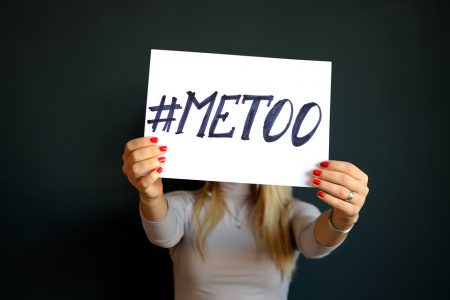Carnival
Carnival: three days for everybody to go crazy in large groups and silly costumes and indulge, before Lent starts. What are the effects of dressing up and gathering in large groups? This is where social psychology comes in.
In a classic study by Diener, Fraser, Beaman and Kelem from 1976 children were observed during Halloween. When children came to the experimenter’s door to trick or treat, she told them to take one piece of candy from a large bowl and then went back into the house, leaving the children alone with a huge pile of candy. The children were observed secretly. What would they do? The observations showed that their behavior depended on whether they were dressed up or not, and whether they were in a group or alone. When they were dressed up and in a group, they stole more candy than when they were alone and in their regular clothes. Also, the larger the group, the more likely the children were to steal. Interestingly, the results showed that the amount of candy stolen had one main predictor: the size of the children’s hands. These results indicate that the less the children could be held accountable for their actions (because they were unrecognizable or in a group), the higher the chance that they were going to steal.
Of course, you may think this behavior is found only in children, that grown-ups are more accountable by nature and feel more social responsibility. This is not the case. Famous social-psychological studies on the so-called bystander effect show that the more people present in an emergency, the less likely it is that anyone will spring into action. So although you might feel safer the more people are around, research has time and again shown the opposite: the probability that anyone will help you when you are choking or being mugged are lower when there are a hundred people around than when there are only two people around.
So what does this mean for carnival? Is it dangerous to go there, because everybody will be out to rob you and leave you on your own when you need help? At first sight this is the conclusion you may draw from these studies, and surely people have experienced during carnival that people are more likely to - say - pinch their behinds than on normal days. However, many people will have the opposite experience: they feel that people are more social and friendlier during carnival than at other times. If you take a closer look at these studies you will see that they were all set up to study antisocial behavior. And if the group norm is to behave antisocially by stealing or withholding help, then anonymity and being in a group will increase this antisocial behavior. Other studies, in which the cues were to behave positively, showed the opposite effect, namely that anonymity and being groups increased positive behavior.
So, what are the effects of dressing up and gathering in large groups? Depends on the group. In a friendly, happy carnival setting you and those around you will be more social. However, if you are soccer hooligans you might be better off if there are just two of you in your regular jeans and t-shirts.





